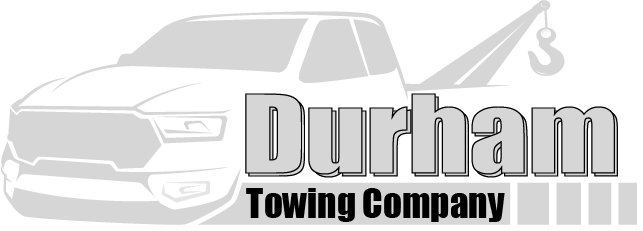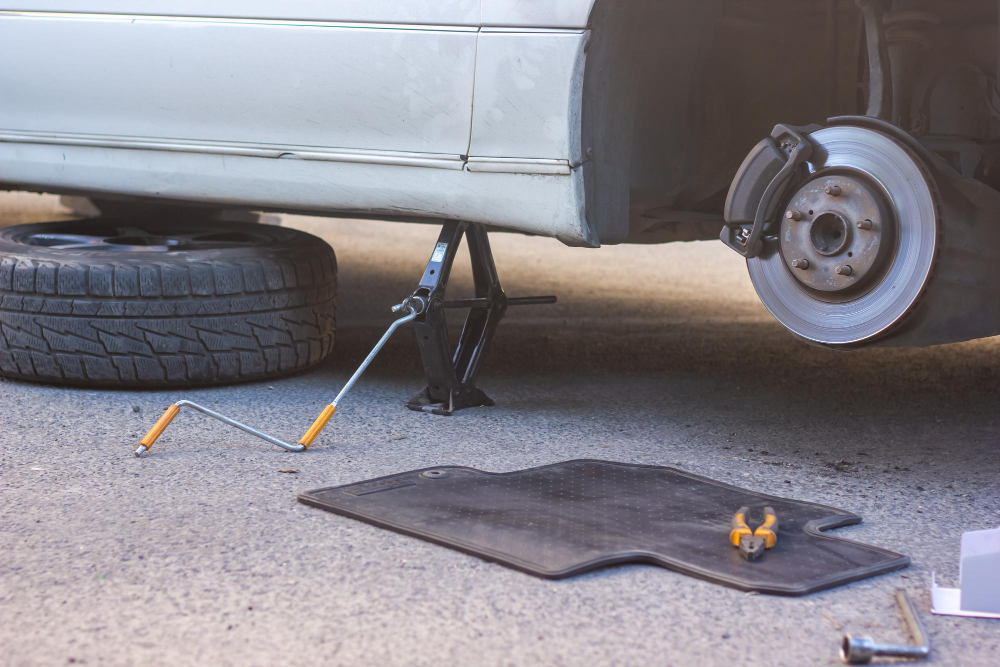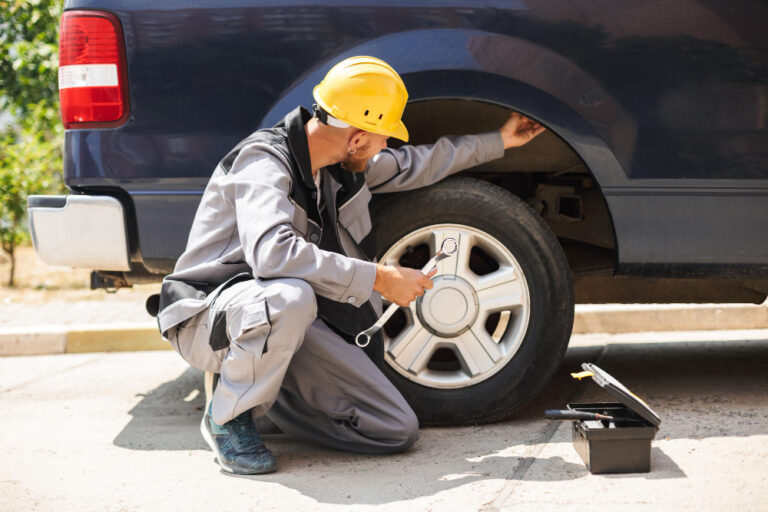It’s a scenario every driver dreads: you’re cruising along the roads of Durham, perhaps heading to work or running errands, when suddenly you hear a loud thump followed by a distinctive flapping noise. Your stomach sinks as you realize that you’ve got a flat tire. In moments like these, it’s easy to feel overwhelmed and unsure of what to do next. But don’t worry – Durham Towing Company is here to guide you through the process.
In this comprehensive article, we’ll cover everything you need to know about handling a flat tire in Durham, from identifying the issue to deciding whether to repair or replace your tire. We’ll also provide a step-by-step guide on how to change a tire yourself and discuss when it’s best to call in the professionals. And remember, if you ever find yourself in need of roadside assistance, Durham Towing Company is just a phone call away at 919-805-3344.
Identifying a Flat Tire
The first step in dealing with a flat tire is knowing how to spot one. Here are a few key indicators:
What Does a Flat Tire Look Like?
A flat tire is usually pretty obvious when you take a look at your vehicle. One of your tires will appear noticeably deflated or flattened compared to the others. In some cases, the tire may be so low that the wheel rim is actually touching the ground.
What Does a Flat Tire Sound Like?
If you’re driving when your tire goes flat, you’ll probably hear it before you see it. A flat tire often produces a loud thumping, flapping, or even a “whoop whoop” sound as you drive. This noise is caused by the deflated tire hitting the road with each rotation. If you suddenly hear an unusual noise coming from your wheels while driving, it’s a good idea to pull over. As soon as it’s safe to do so and check for a flat.
What Does a Flat Tire Feel Like?
Driving on a flat tire feels quite different than driving on properly inflated tires. You may notice that your vehicle is harder to control, particularly when turning or braking. The steering wheel may feel “heavy” or less responsive than usual. In some cases, your car may even pull to one side, which is a strong indication that one of your tires has lost pressure.
Common Causes of Flat Tires
Flat tires can happen for a variety of reasons. Some of the most common culprits include:
- Punctures from sharp objects: There are different items on the road like broken glass, nails, and other sharp debris that can puncture your tire.
- Valve stem leaks: If the valve stem (the small protrusion where you add air to your tire) is damaged or worn out, it can cause your tire to lose air over time.
- Damage from road hazards: Hitting a pothole, curb, or other obstacle in the road can cause immediate damage to your tire, resulting in a flat.
- Wear and tear: As tires age, they become more susceptible to flats. Worn-out tread, dry rot, or other structural damage can all lead to a flat tire.
Determining if a Flat Tire Can Be Repaired
One of the most common questions people have when they get a flat tire is “can a flat tire be repaired”? The answer depends on a few key factors:
- Location of the puncture: If the puncture is located in the tire’s tread (the part that touches the road), it can often be repaired. However, if the puncture is on the sidewall or shoulder of the tire, repair is usually not an option.
- Size of the puncture: As a general rule, punctures that are 1/4 inch or smaller can often be repaired. Larger punctures may require tire replacement.
- Extent of the damage: If the tire has suffered significant structural damage, such as a large gash or a tear, repair may not be possible.
- Age and condition of the tire: If your tire is already worn out or has other pre-existing damage, repair may not be the best choice, even if the puncture itself is small.
If you’re unsure whether your flat tire can be repaired, it’s always best to err on the side of caution and have it inspected by a professional. They can assess the damage and advise you on the best course of action.
Step-by-Step Guide: How to Change a Flat Tire
If you’ve determined that your tire needs to be changed, here’s a step-by-step guide to help you through the process:
- Pull over to the side of the road and turn on the hazard lights.
- Get the lug wrench spare tire and your jack.
- Don’t remove the lug nuts on your flat tire entirely. You just need to loosen them up first.
- Lift the car using your jack.
- Remove the lug nuts to remove the flat tire.
- Replace the flat tire with your spare and attach the lug nuts using your hands.
- Lower the vehicle back to the ground.
- Tighten the lug nuts with the lug wrench to secure the tire.
- Check the tire pressure of your spare.
- Put back your tools and store the flat tire.
- Drive cautiously on your spare (they typically have speed and distance limitations) to a tire shop to have your flat repaired or replaced.
When to Call a Professional Towing Service
While changing a tire is a skill every driver should know, there are times when it’s best to call in the professionals. Consider calling a towing service if:
- You’re unsure how to change a tire or don’t feel comfortable doing it yourself.
- You don’t have a spare tire, jack, or lug wrench.
- Your vehicle requires specialized equipment, such as certain luxury or oversized vehicles.
- You’re stranded in an unsafe location, such as a busy highway or a rough neighborhood.
Conclusion
Dealing with a flat tire is never a pleasant experience, but it doesn’t have to be a disaster. By understanding how to identify a flat, knowing when repair or replacement is necessary, and being prepared to change a tire yourself or call for help, you can handle this common roadside issue with confidence.
Remember, prevention is key. Regular tire maintenance, including checking your tire pressure and monitoring tread wear, can help reduce your risk of a flat in the first place. And if you do find yourself with a flat tire in Durham, know that Durham Towing Company is always here to help at 919-805-3344.




